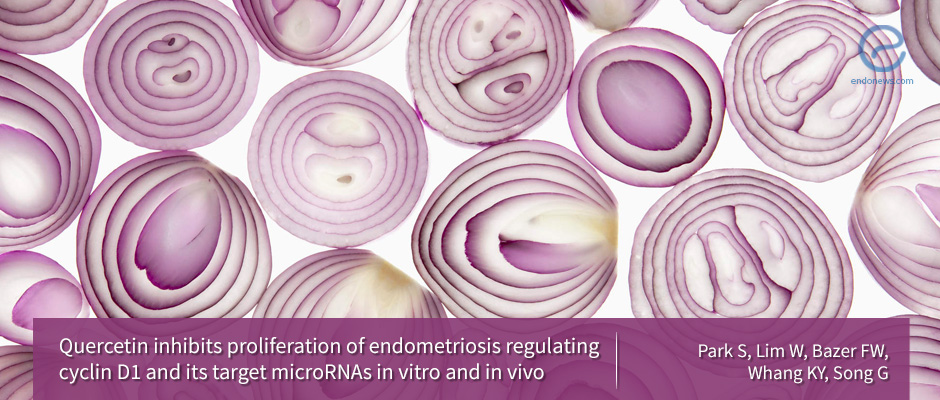Anti-inflammatory Diet Feasible in Patients With Endometriosis
An anti-inflammatory diet is feasible in patients with endometriosis, according to a new study published in the journal Reproductive BioMedicine Online. This is the case especially when identified barriers and facilitators are addressed in an intervention. “ Provision of knowledge, stimulating…
Key Points Lay SummaryMonitoring eating behavior is important
The relationship between dietary products and endometriosis gained interest after the recognition that a proper diet can improve pathological and physiological processes. There is also a belief that the benefits of some anti-oxidants may have a therapeutic effect on the…
Key Points Lay SummaryThe association between inflammatory cytokines and fertility in women with endometriosis
Women with endometriosis suffer not only from a broad spectrum of symptoms including pain including dysmenorrhea, dyspareunia, and chronic pelvic pain but also fertility problems. Endometriosis-associated infertility develops depending on a combination of several mechanisms such as distorted pelvic anatomy,…
Key Points Lay SummaryAnti-inflammatory cytokines: a new horizon in endometriosis with possible clinical relevance
Scientists led by Dr. Li from Shangai PRC, have made a comprehensive review of anti-inflammatory cytokines related to the pathogenesis of endometriosis in a recent issue of Cellular and Molecular Life Sciences. Inflammation is important in the pathogenesis of endometriosis,…
Key Points Lay SummaryEndometriosis and female pelvic pain in all aspects
Endometriosis is defined as the localization of endometrial glandular and stromal tissue outside the uterine cavity. The prevalence of the disease ranges between 6-10% in reproductive-aged women. However, endometriosis is more frequently encountered in women with chronic pelvic pain and…
Key Points Lay SummaryAnti-proliferative and anti-inflammatory effects of "Quercetin" on endometriosis
Quercetin is a major flavonol that is mainly derived from capers and involves a daily consumption of approximately 25–50 mg through various vegetables. In recent studies, Quercetin is reported as a functional compound in obesity, diabetes and cardiovascular diseases. This compound…
Key Points Lay SummaryTherapeutic potential of ginseng based compound in preclinical models of endometriosis
Currently, the drug option for women with endometriosis mainly focus on reducing estrogens levels (e.g., progestins, androgens, gonadotropin-releasing hormone (GnRH) agonists, and aromatase inhibitors). However, these therapies can have low effectiveness with frequent recurrence and considerable side effects. Therefore, there…
Key Points Lay Summary
 By Özge Özkaya
By Özge Özkaya

 By Selma Oransay
By Selma Oransay

 By Hale Goksever Celik
By Hale Goksever Celik

 By Nasuhi Engin Aydin
By Nasuhi Engin Aydin


 By Dr. Youngran Park
By Dr. Youngran Park

 By Yu Yu
By Yu Yu